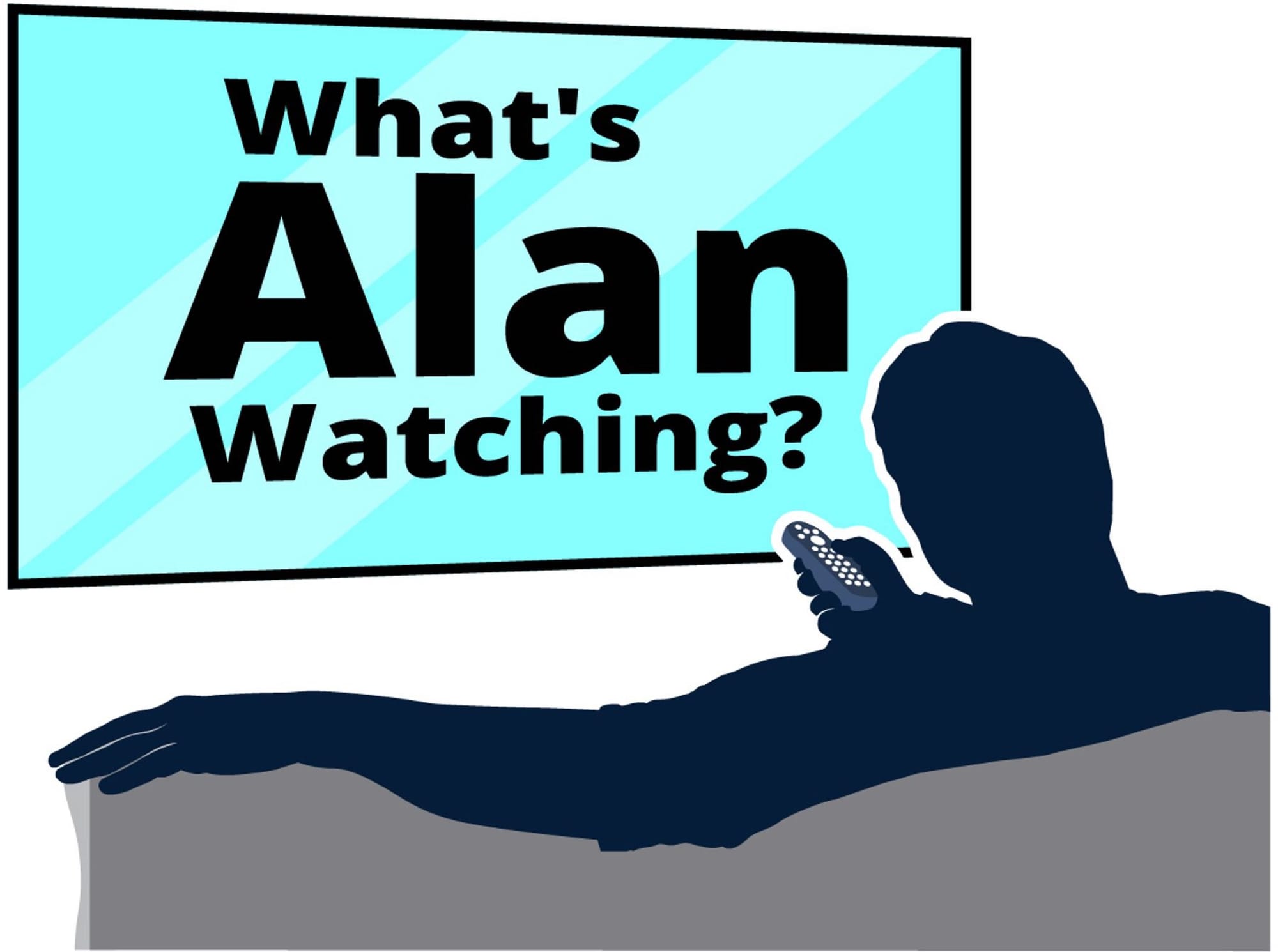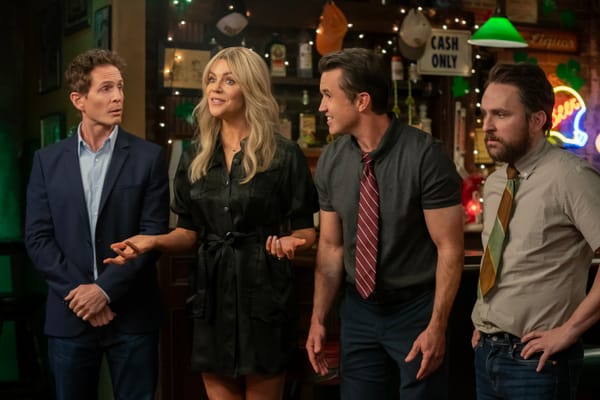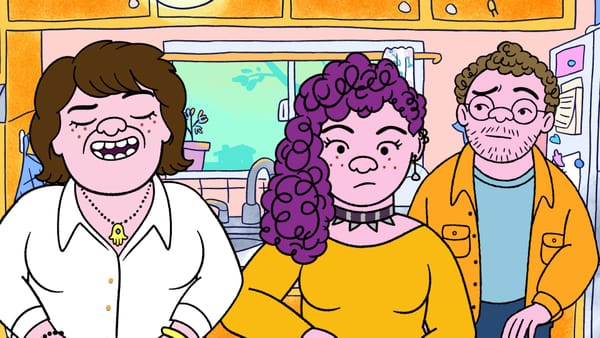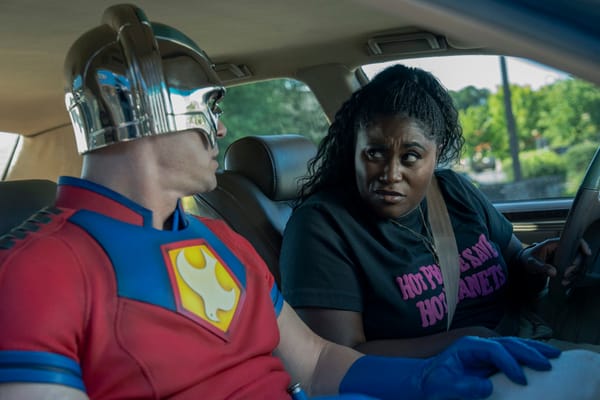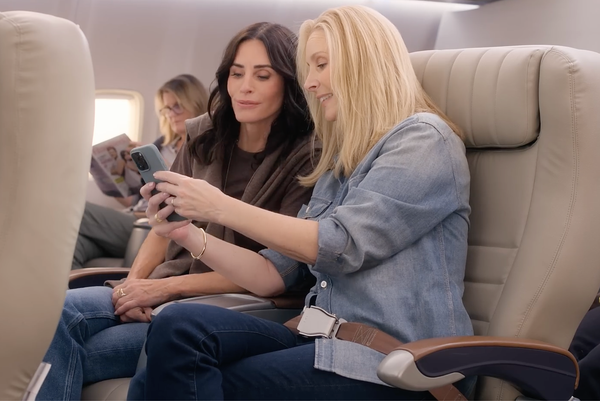Back to 'The Pacific'
The end of 'Masters of the Air' inspires a revisit of the last Hanks/Spielberg WWII epic, plus 'Girls5eva,' 'The Tourist,' 'Apples Never Fall,' and more
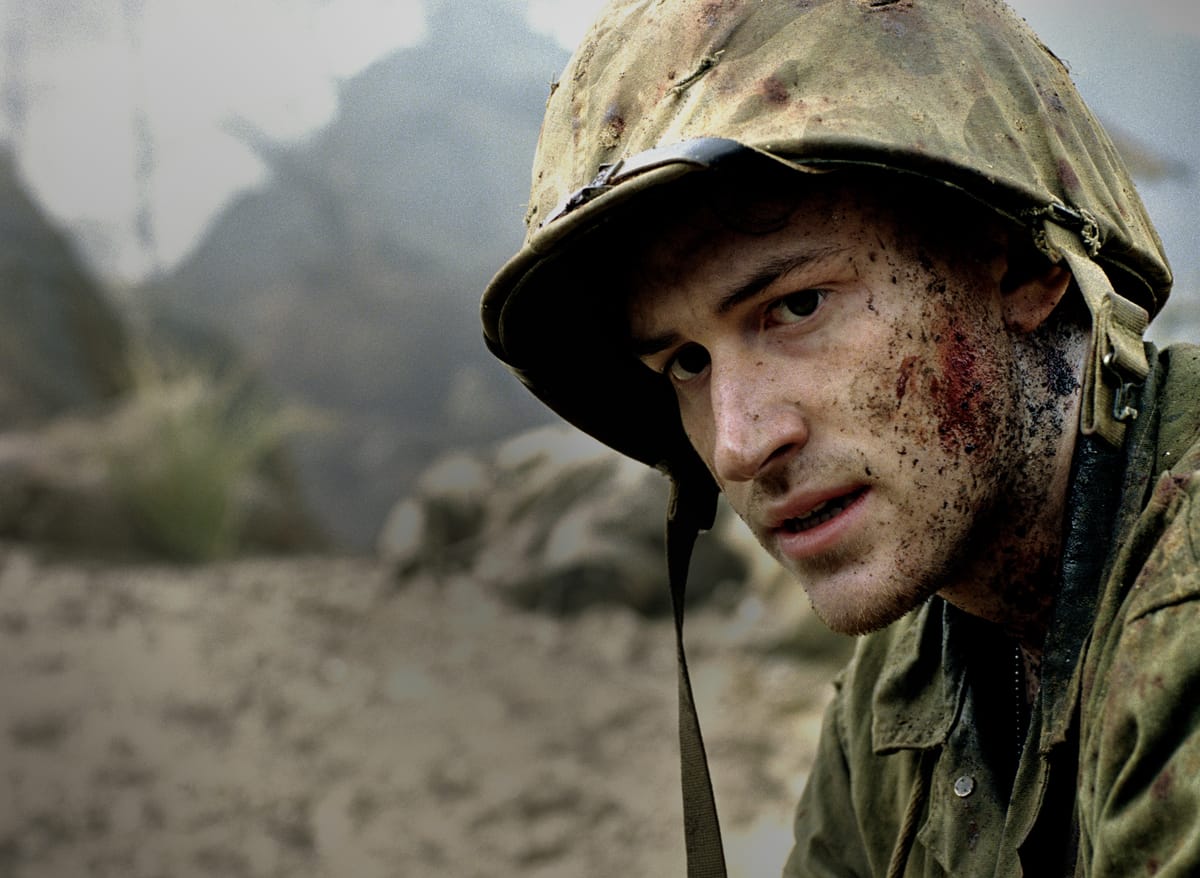
This week’s What’s Alan Watching? newsletter coming up just as soon as I wrestle in jorts…
Thanks for reading What's Alan Watching?! Subscribe for free to receive new posts and support my work.
Emmy-bait often falls?
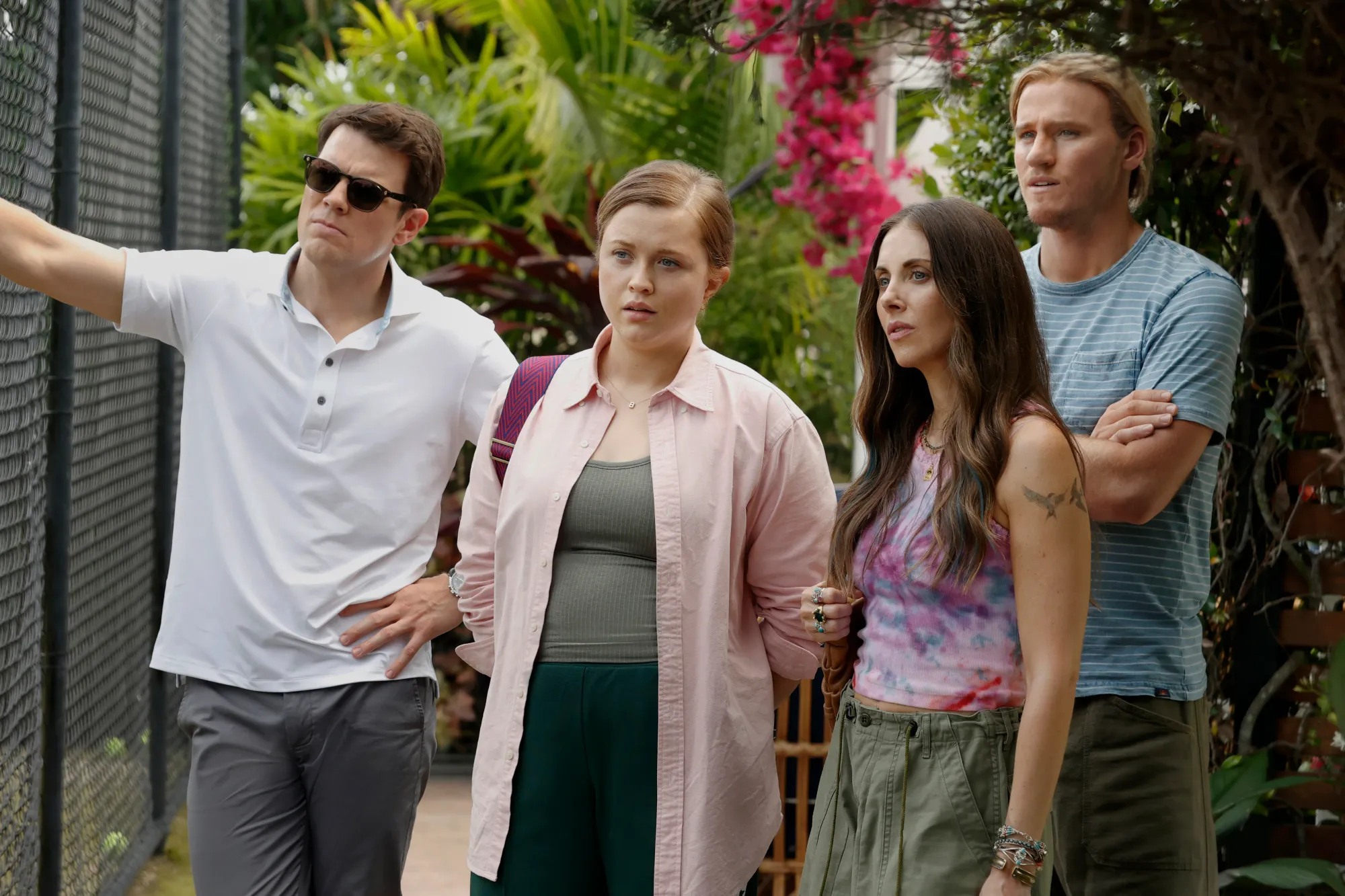
March is the beginning of Emmy-bait season, the three-month period we get every year where every streamer and cable channel floods the zone with star-studded shows — most of them limited series — that they hope will score big at the Emmys. The Emmy eligibility window closes at the end of May, and voting begins not long after, so this is viewed as the best way to keep shows fresh in the minds of voters.
The problem is that, because everybody does it, almost all of these shows come and go without anyone noticing them. And most are so forgettable that I had to Google things like “Jennifer Garner based on book Apple” while writing a story about this phenomenon. Technically, it’s a review of Peacock’s new Apples Never Fall, with Annette Benning, Sam Neill, and Alison Brie starring in an adaptation of yet another Liane Moriarty mystery/comedy novel. But that show is so unremarkable that it only felt column-worthy as an example of this larger point.
The one point I neglected to make in that column, in between discussion of Apples Never Fall itself, is that the spring window strategy ignores the fact that most of the big miniseries Emmy success stories don’t actually debut in the spring. If you look at the Outstanding Limited or Anthology Series winners going back to 2015, the only ones that actually premiered during one of those months are Beef and Chernobyl. Everything else, like White Lotus, Watchmen, and The Queen’s Gambit, launched in summer, fall, or early winter, where they had opportunity to stand out. Being much better than the likes of WeCrashed helps, too.
Caught in the Netflix
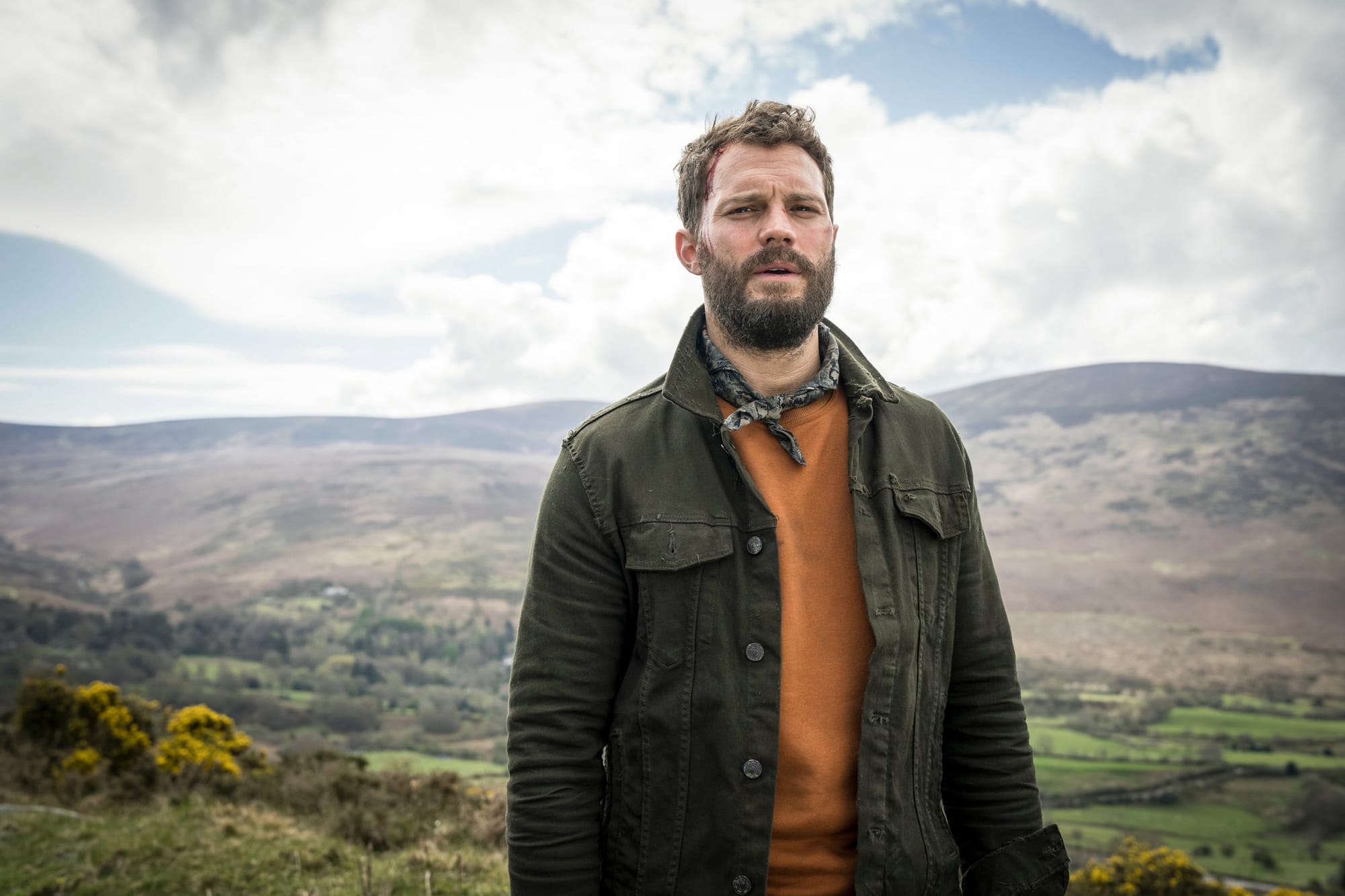
Like the Apples Never Fall piece, this week’s other Rolling Stone column also was originally planned as a straightforward review of a streaming show: in this case, a belated take on the second season of The Tourist, a BBC thriller that first arrived in America a couple of years ago on what was then called HBO Max, and now streams on Netflix. I liked the few episodes I watched of the first season, but never got a chance to finish it, and the shift to Netflix provided the inspiration to return.
But as I began outlining my review of this season — which I really enjoyed, other than an annoying and slightly off-tone subplot about one character getting locked in a dungeon — it occurred to me that the reason I was writing it should actually be the subject. So instead, it’s now a larger story about the Netflix Effect, where pre-existing shows that began life elsewhere in the TV ecosystem wind up on Netflix, and people treat them like they' were always there to begin with. In the process, I fold in discussion of Girls5eva, which yesterday jumped from Peacock to Netflix for its new third season; Resident Alien, which began streaming its first two seasons on Netflix last month right as the third was debuting on Syfy; and other variants of a phenomenon that’s been happening practically since Netflix shifted from a mail-order DVD rental company into a streaming service.
(For what it’s worth, Resident Alien is another show where I watched the first couple of episodes a few years ago, liked parts of it — specifically, Alan Tudyk’s performance — and then got too caught up in other things to return to it. It’s my current laundry-folder, as I’m early in the second season, so I pay a lot of attention when he’s on screen and substantially less when, say, there are subplots about the mayor’s marital difficulties.)
War is hell, times two
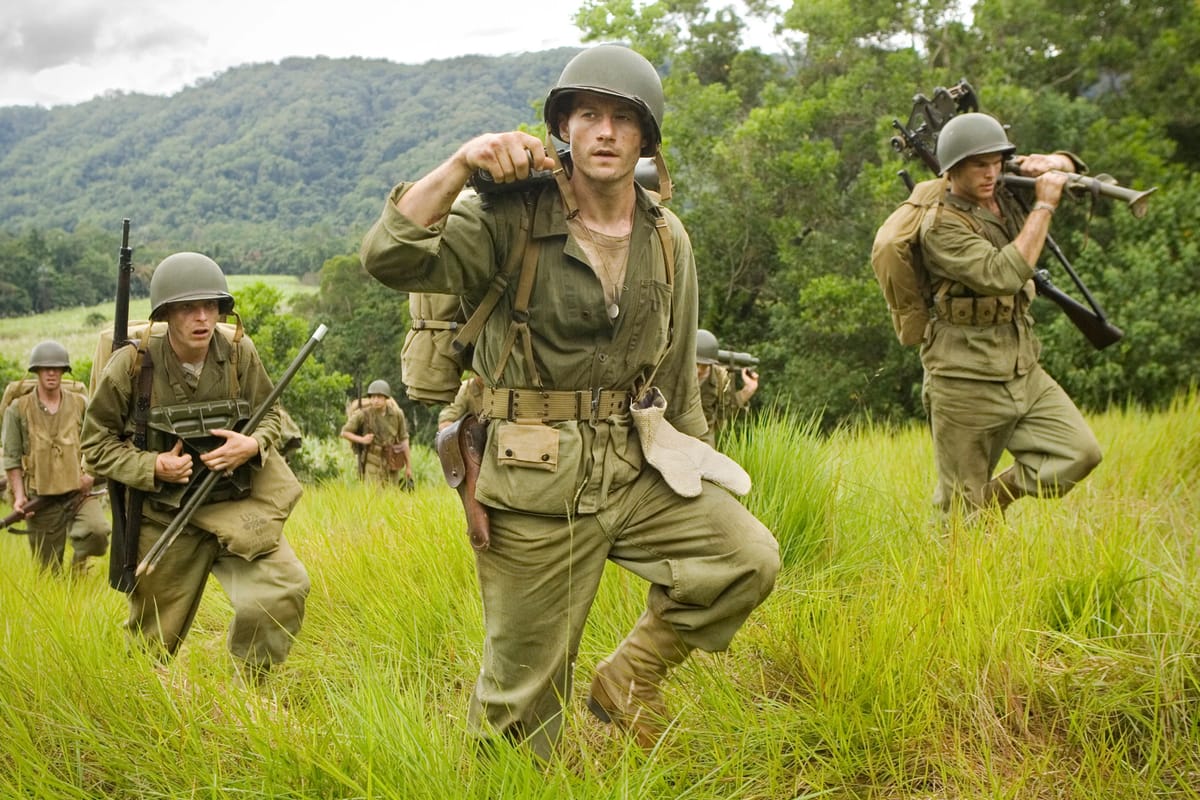
The Masters of the Air finale is now streaming. I don’t have a lot more to say beyond what I wrote before the miniseries debuted: incredible combat sequences, weak characterization, and disjointed storytelling overall. Parts of it left me in awe, but most of it left me frustrated, particularly the slapdash approach to various arcs. If Rosie was going to be the main character for most of the second half, for instance, why didn’t he get more attention before the other guys wound up dead or in a POW camp? Why devote time to the downed airmen escaping Belgium if the story was going to be mostly abandoned partway through? Why bother with the Tuskegee Airmen at all if they’re only going to be introduced in the penultimate episode, rather than doing some kind of parallel narrative between the two groups of pilots, which would converge at Stalag Luft III?
The disappointment of Masters inspired me to finally revisit the middle entry in the Hanks/Spielberg World War II trilogy. I’ve seen Band of Brothers in part or in full at least a half-dozen times, but I only watched The Pacific the one time back in 2010. (I recapped most of it on my original blog, and episode 9 and episode 10 right when I started at HitFix.) While I found The Pacific’s emotional high points more powerful than the heaviest parts of Band, it was also deliberately so bleak that it lacked the fundamental rewatchability of its predecessor.
Band is an adventure story that certainly has dark moments, but is primarily about the camaraderie among the guys in Easy Company. Though replacement soldiers arrive now and then, for the most part it’s following one set of characters from D-Day through the end of the war in Europe. There’s no comparable group from the Pacific Theater, so The Pacific had to split its focus between three central characters to cover the length of that campaign. There’s occasional overlap when two of the leads are on the same island (and, once or twice, in the same scene), but for the most part, it’s a constant handoff between Bob Leckie, John Basilone, and Eugene Sledge. So it can feel more disjointed than Band. But the trio are so well written, and so well played by, respectively, James Badge Dale, Jon Seda, and Joseph Mazzello, that it’s never disorienting when you bounce from one to the other. There’s also at least a bit of esprit de corps, particularly in Sledge’s evolving friendship with Snafu, with a young Rami Malek giving a performance that in 2010 had me asking, “Who the hell is this, and can he be in everything I watch going forward?” (In hindsight, maybe I should have specified against him playing Freddie Mercury.)
This new viewing largely reinforced my original take. Its highs are incredibly high, with the spectacle of the Battle of Peleliu rivaling, and in some ways surpassing, Spielberg’s iconic Omaha Beach sequence from Saving Private Ryan, and with the Okinawa-set ninth episode among the most despairing things ever put on television. But I also found a bit more humor this time now that I knew the characters better, particularly in the interplay between Leckie and his buddies in the early episodes. Fourteen years later, it remains an achievement, and I was only more impressed with it when I had the deeply uneven Masters so fresh in my mind. Whether you loved Masters or, like me, wished it was better, The Pacific is worth another look — especially since, to tie the whole newsletter together, it’s now also streaming on Netflix, in addition to still being on Max.
That’s it for this week! What did everybody else think?
Thank you for reading What's Alan Watching?. This post is public so feel free to share it.
